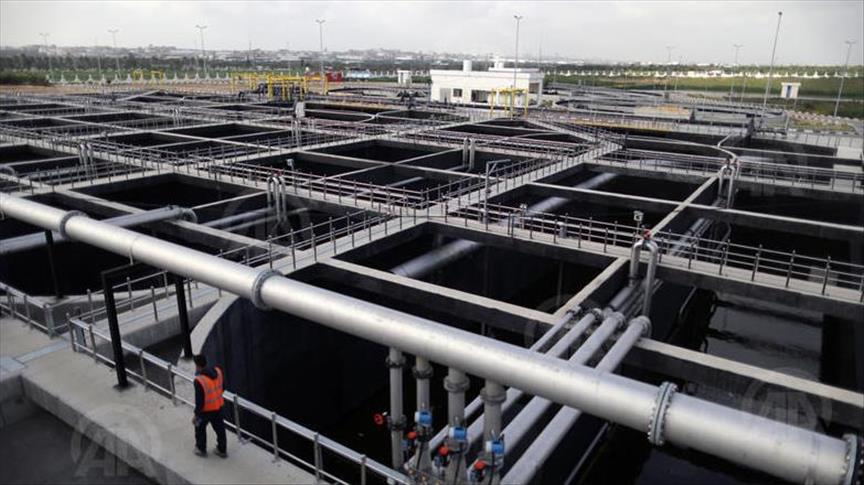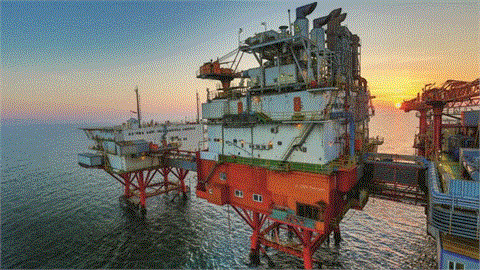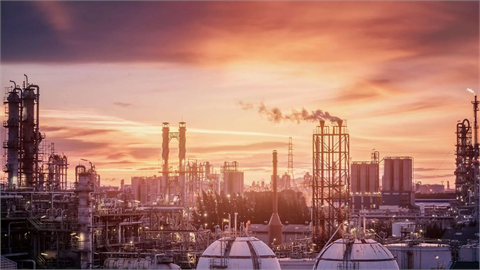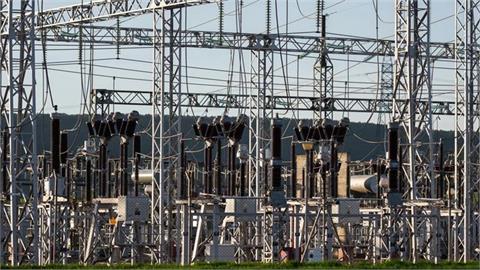Following the collapse of the U.S.S.R., Russia responded to new oil market realities through the formation of substantial surplus pipeline capacity in the belief that this would enhance energy security, broaden its market share in Europe, and minimize transit risks over the long term
Following the collapse of the U.S.S.R., Russia responded to new oil market realities through the formation of substantial surplus pipeline capacity in the belief that this would enhance energy security, broaden its market share in Europe, and minimize transit risks over the long term. However, policymakers are concerned that most energy exports have to transit through former Russian sovereign territories that Russia still has difficult relations with. Nonetheless, Russia’s prime concern for the creation of considerable oil and gas surplus pipeline capacity is more economically based.
Over the last two decades, excess capacity from newly built pipelines is not so much a temporary phenomenon as a reflection of Russia’s long-term energy export strategy. Over the last few decades, this surplus capacity has allowed Russia to maneuver between oil pipeline routes for natural gas transit and the excess capacity allowed for a stronger bargaining position.
In general, oil and gas pipeline operators prefer to operate at full capacity to maximize revenue gains as losses are likely with underutilization. When throughput does not run at full capacity, minimal transit risks could arise but it also ensures greater flexibility for alternative sources for optimal exportation. Therefore, having considerable surplus capacity can play a vital role by ensuring more transit options through multiple countries, which in turn could lower transit tariffs.
According to the U.S. Energy Information Administration, Russia exported approximately 5.2 million barrels of oil per day in 2017, up from 5.08 million and 4.89 million barrels per day in 2016 and 2015, respectively. Nearly 36 percent of Russia’s federal budget revenue comes from crude exportation and represented roughly 70 percent of crude sold to the European market back in 2017.
Russia’s crude exports are handled through mainly five main pipelines, namely: the Druzhba, the Baltic Pipeline (BPS 1 and BPS 2), the Eastern Siberia–Pacific Ocean (ESPO) and lastly, the Novorossiysk. Almost 90 percent of crude oil is exported through Transneft, the national oil pipeline operator. Although Russia is legally allowed to build oil pipelines for companies other than the national pipeline operator, Transneft still dominates this market, and in fact, the operation of proposed pipelines other than Transneft has faced aggressive resistance.
Ukraine, the Baltic Republics and Kazakhstan can offer additional, economically viable capacity for Russia. While Kazakhstan’s link can allocate over 10 million tonnes, the Baltics and Ukraine can offer an additional 15 million tonnes and 20 million tonnes, respectively. Among the various alternatives, Ukraine has considerable surplus capacity that it can offer Russia for greater flexibility. The Ukrainian oil pipeline operator, Naftogaz states that their export capacity is about 56 million tonnes, from which only one fourth has been used since 2014. Much of this excessive spare capacity is as a result of Russia’s aim to gradually redirect exports to the Baltics lines while minimizing Ukraine’s significance in their export portfolio. Furthermore, the extent to which Ukrainian excessive capacity will be used in the years ahead will very much depend on Russia’s decision on whether it will bypass Ukraine as a major transit country.
Crude transported through Ukraine has been in decline for over a decade. Although one of Russia’s most important oil pipelines and one of the world’s biggest, the Druzhba pipeline, still continues to serve, Russia could eliminate this route altogether within a short period of time with the current surpluses. But the commercial attractiveness of this pipeline makes this route quite unique, and clearly explains why Russia still insists on using it despite major clashes between Kiev and Moscow.
In 2001, pipelines that were built and launched under the Baltic Pipeline 1 aimed at bypassing the Baltic republics. In 2008, as a continuation of Russia’s plan to bypass neighboring countries over mounting disagreements, Russia built the second phase of the Baltic Pipeline bypassing Belarus. Consequently, Russia’s crude oil diversification policy over transportation routes has caused major financial setbacks for the Baltics and for Belarus.
The Baltic pipeline, the Ukraine-linked pipeline, as well as crude exports through the Black Sea route have been in gradual decline over the years while the Asia-linked ESPO pipeline has operated at full capacity since 2010. In 2015, the Russian Ministry of Energy recognized the considerable surplus capacity presence that stood at 65 percent over previous years. Russia is expected to further invest in oil infrastructure as a means of expanding its role in the Asian crude market. Given Russia’s history of poor investments in its oil and gas sector, some experts believe Russia has heavily invested in pipelines to reinvigorate pipe manufacturing and steel production to prop up its job market.
Apart from the ESPO pipeline, which is expected to reach a maximum of 80 million tonnes by 2019, the other remaining pipeline routes will be utilized at a much lower capacity. Transneft’s investment portfolio suggests that no current investments are on the agenda until early 2020. Once the ESPO pipeline reaches 80 million tonnes, Russia’s total crude export capacity is expected to reach approximately 340 million tonnes.
A geographic shift in energy demand has been the major reason for Russia’s desire to expand its market towards the East. Expansion here and in China, in particular, has intensified economic ties between the two big partners, allowing further flexibility for both countries in their oil diversification policies.
By diversifying its export routes, boosting surplus capacity while supported by a fully integrated pipeline network, Russia is allowed the flexibility it seeks with greater ability to direct oil flows. The motivation behind building up substantial surplus capacity is to cater to Russia’s desire to reduce its dependence on any transit route country. Russia’s recent new pipeline ventures can be explained through the flexibility it can derive from bypassing any transit country with the help of surplus capacity, as well as the desire to expand its market share, both in Europe and Asia, by gaining better competitive advantages in the region.
(by Ersin Merdan/Anadolu Agency)




